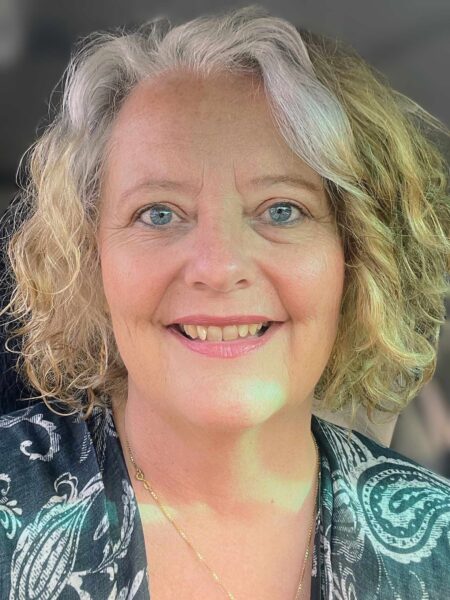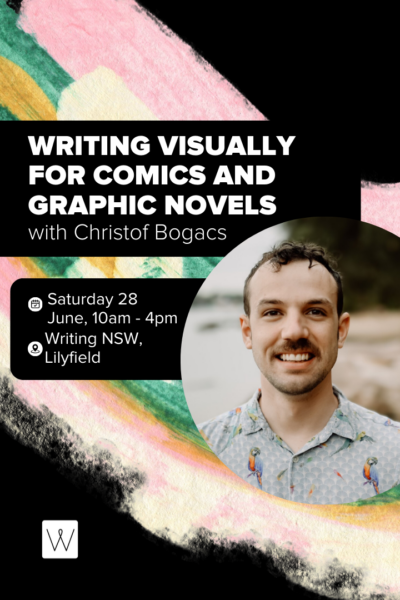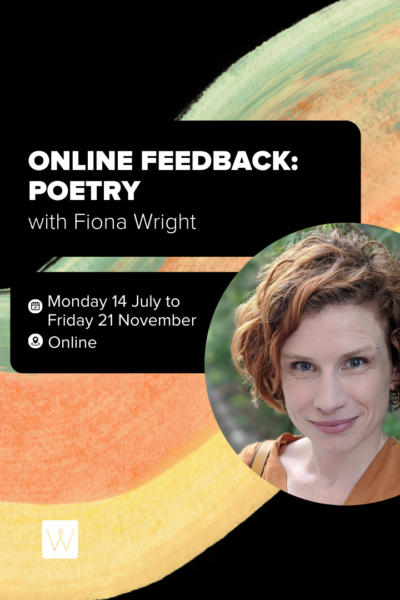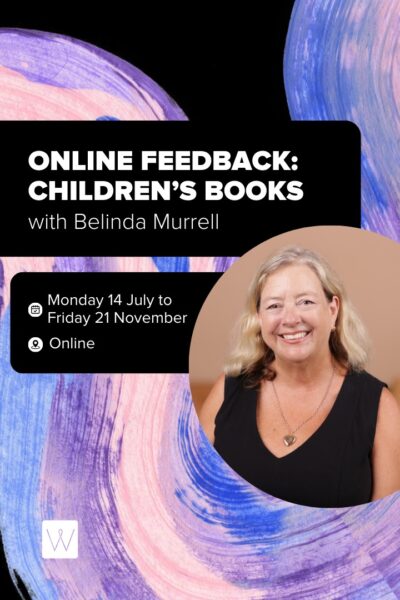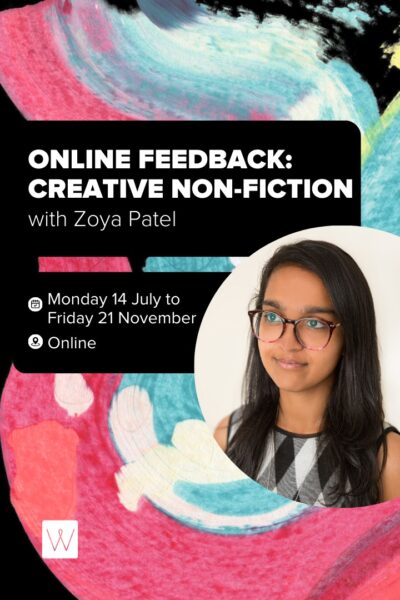Wizards, Dragons, Bears and Chooks: The Joy of Writing for Children
 Lisa Shanahan
Lisa Shanahan
6 x Tuesday evenings: 23, 30 October; 6, 13, 20, 27 November 2018, 6:30-9:30pm
Full Price: $600
Member: $420
Conc Member: $360
Where do captivating ideas for children’s books really come from?
How do you make a picture book text work?
What does it truly take to write a middle-grade novel that lingers and lasts?
Join award-winning writer Lisa Shanahan for an engaging and interactive six-week course for early and emerging writers. Learn the art and craft of writing for children, from picture books to junior novels to middle-grade fiction.
Through practical exercises, discussion and reflection, students will consider fresh ways of harvesting original ideas from memory and observation, as well as discovering the power and significance of poetic and playful line-by-line writing. Students will review the importance of editing and redrafting, when and where to deploy a critical eye, and how to process feedback favourably.
An overview of the children’s book publishing industry will also be given, including issues regarding submission, layout of manuscripts, finding publishers and agents, and the practical daily business of being a writer.
Week One: On Finding Inspiration
Discover the four common doorways to fiction. Learn how to develop a regular writing practice and how to gather inspiration, through exercises designed to help participants write with humour and heart. Explore the importance of play and experimentation, how to keep the critical voice at bay. Discover how getting to know your characters deeply (their loves, hopes and disappointments) can help stories grow organically, in picture books and novels.
Week Two: From Seed to Story
How can something so short, be so darned tricky to write? Examine two different types of picture books, including a case study of the way a picture book is written from start to finish. Discover the way story arrives seamlessly through a creative marriage between text and image. Learn the importance of picking your words like a poet and how structure can be your friend.
Week Three: Crack! Snap! Fizz!
What does it take to write for emerging or reluctant readers? Crackling plots? Snappy dialogue? Fizzing imagery? Explore some of the special literary and literacy requirements of writing for younger readers and the breadth and depth of stories for this age group.
Week Four: Fierce, Funny and True
Many people have childhood memories of an illuminating encounter with a never-to-be-forgotten novel. Often this kind of novel was an outstanding example of middle-grade fiction. Australian publishing is in the middle of a renaissance in middle-grade fiction. Explore some of the diversity and variety in style and content for novels for this age group and participate in writing exercises designed to help build voice, believability and emotional resonance.
Week Five: Class Workshop Session
It’s time to brave the waters and test out that picture book text or the opening pages of your novel. Explore how to give and receive constructive, sensitive feedback about both the strengths and the growth areas of your work.
Week Six: Polishing and Publishing
Where to next? Review the importance of editing and redrafting, when and where to deploy a critical eye, and how to process feedback constructively. Explore issues regarding submission, layout of manuscripts, finding publishers and agents, all the practical daily business of being a writer.
Expected Learning Outcomes
- Participants will explore the essential narrative requirements of all picture books, junior fiction, and middle grade fiction, including the key differences.
- Participants will discover how to create convincing, believable characters and how to develop a strong, dynamic voice.
- Participants will study the fundamentals of structure, setting, plot, dialogue and emotional resonance.
Participant Requirements
Bring your favourite children’s book.

